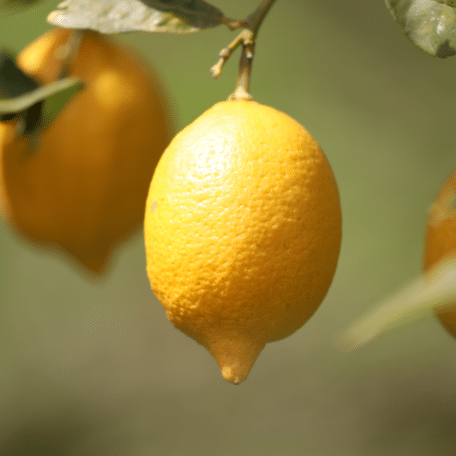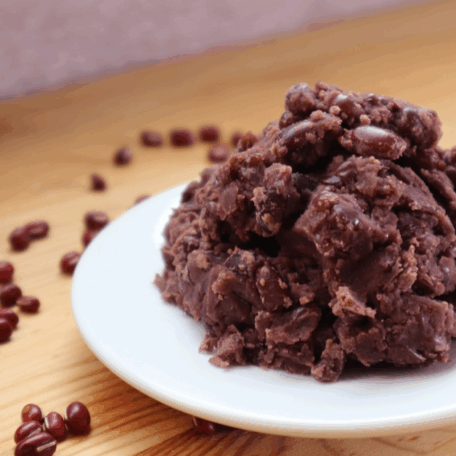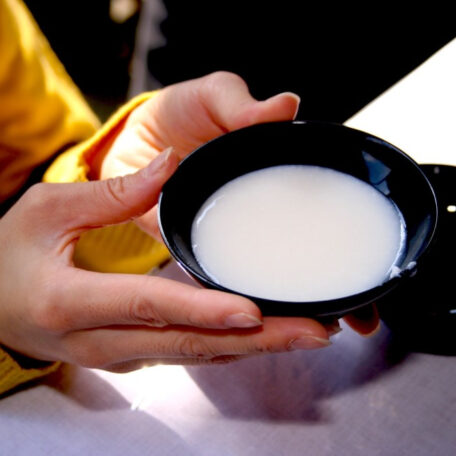Interview with Hikari Miso
Sep 6, 2021
BY Jason Stone

Thank you for your time today! I’m excited for myself and our readers to learn more about Hikari Miso! I personally love Miso, but it tends to surprise people when I tell them that Miso Soup is one of my favorite foods. I can definitely appreciate the choice to focus on developing Miso recipes and really bringing out the most flavor possible from this ingredient, so I’m curious–what made you decide to focus on Miso? What do you love about it?
Hikari Miso is a miso company located in Nagano prefecture, which is famous in the miso industry, that was founded over 80 years ago. Miso is the embodiment of nature’s best–made from only soybeans and rice and salt–so our motto is “Nature’s Best, From Our Family to yours.” We have mainly been producing non-additive miso and organic miso. We also produce instant miso soup and Harusame (glass noodle) soup so that everyone can enjoy it regardless of their lifestyle.
With the growing interest in Japanese food (Washoku), miso is now developing a reputation around the world as a traditional Japanese fermented food. In addition to contributing to a healthy diet, the complex flavors produced by fermentation, such as umami, sweetness, richness, and saltiness, can be used as an all-purpose seasoning for a wide range of dishes, not only Japanese, but also Western, Chinese, and French.

Photo @Hikari Miso
In addition to making and selling Miso of your own, you have a lot of Miso-based recipes on your website that anyone can make. Do you have any advice for people who want to start incorporating Miso into their cooking routine?
Using miso is not difficult. The taste of Umami and sweetness of miso harmonize and bring out the taste of many dishes. For everyday dishes, we recommend starting off with making miso soup, as it is the simplest. We also recommended using it as a substitute for salt, ( you should start by adding miso little by little to taste). It also goes well with butter, garlic, and herbs and can be enjoyed in a variety of ways, including soups, simmered dishes like stews, and stir-fries.
I see that you’re based out of Nagano in the “Japanese Alps.” How important is this location to Hikari Miso? Why is it ideal for what you do?
The Ina valley region of Nagano Prefecture, where our factory is located, is surrounded by the Central and Southern Alps, and is blessed with a cool climate and an abundance of soft water, making it ideal for miso production. Soft water has characteristics that make it suitable for miso production. Hikari Miso uses this natural water for steaming and cleaning the raw materials, but we also use it for cleaning the machines.

Photo @Hikari Miso
We at Arigato Japan love supporting companies who focus on local and organic ingredients (and emphasize clean water like you do as well!), and Hikari Miso has worked very hard to attain the status of organic certified–you’re even triple certified by the USDA, European Union, and Japanese Agricultural Standard. That’s incredibly impressive! What’s the process of getting organic certified like, and what makes that work worth it for you?
We have been making efforts in organic production since before JAS organic was established in Japan, and achieved OCIA certification in 1997. Since we are exporting miso around the world, organic certification is essential for supermarkets that actively treat organic products. Many customers who buy miso are health-conscious and we believe that organic certification can establish trust for our products. Hikari Miso is a leading organic miso company, and now occupies about 70% of the organic miso market in Japan.
Fairly recently, Hikari Miso has opened up their own restaurant in the Ginza district of Japan–tell us about what made you want to open a restaurant. Also, what do you think is important or special about Kuki, whether that be the food, theming, or design?
GINZA豉KUKI is a Japanese restaurant based on the theme of fermentation and aging. We have been spreading awareness and love for the greatness of fermented foods and miso, and we opened the restaurant to provide a place where customers can directly experience that greatness. In addition to miso, the restaurant offers dishes that incorporate various traditional Japanese fermentation seasoning, koji, and aging techniques, such as soy sauce, shio-koji, roasted sake, fish sauce, and dried bonito flakes.

Photo @Hikari Miso
What is your favorite Miso recipe? Also, outside of Miso, what is your favorite Japanese food?
We recommend recipes that require only miso as seasoning, such as Saba (mackerel) simmered in miso, Tonjiru (pork miso soup), and stir-fried miso. We enjoy all kinds of Japanese food, so it’s difficult to choose just one!
Is there anything else you would like to share with our readers?
If you have not tried MISO yet, this is as good of a time as any to give it a try!
Our Instagram account shares many miso recipes that even non-Japanese people can easily make and enjoy.
Thank you so much for your time, it was great to learn more about you and your company!
Follow Hikari Miso at:
- Website: https://www.hikarimiso.co.jp/ (JP site) or https://hikarimiso.com/ (EN site)
- Instagram: @hikarimiso_international

Source: https://hikarimiso.com
Learn more about Japanese cuisine on our “Top 5 Japanese Foods” online experience!
PIN THIS FOR LATER
Book your pocket wifi now to stay connected through your entire Japan Journey!

Be sure to get the JR Pass to make navigating Japan during your trip that much easier!

YOU MIGHT ALSO LIKE





